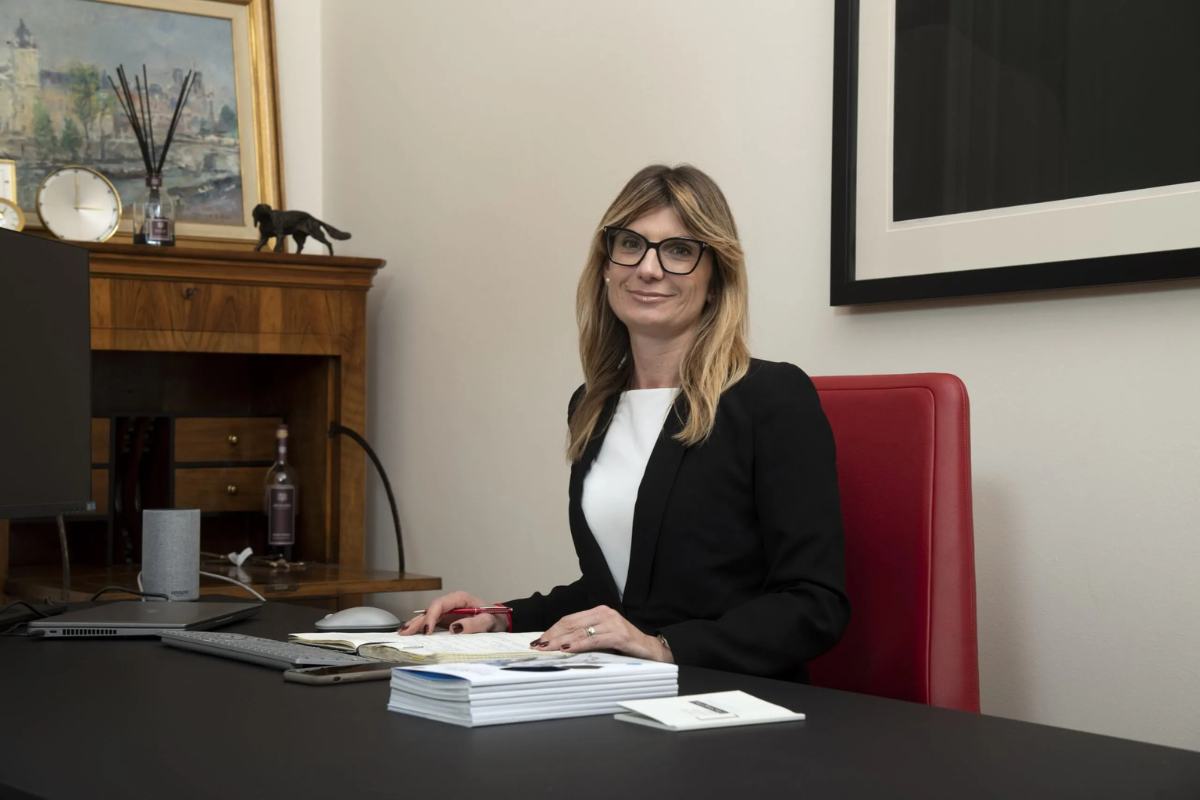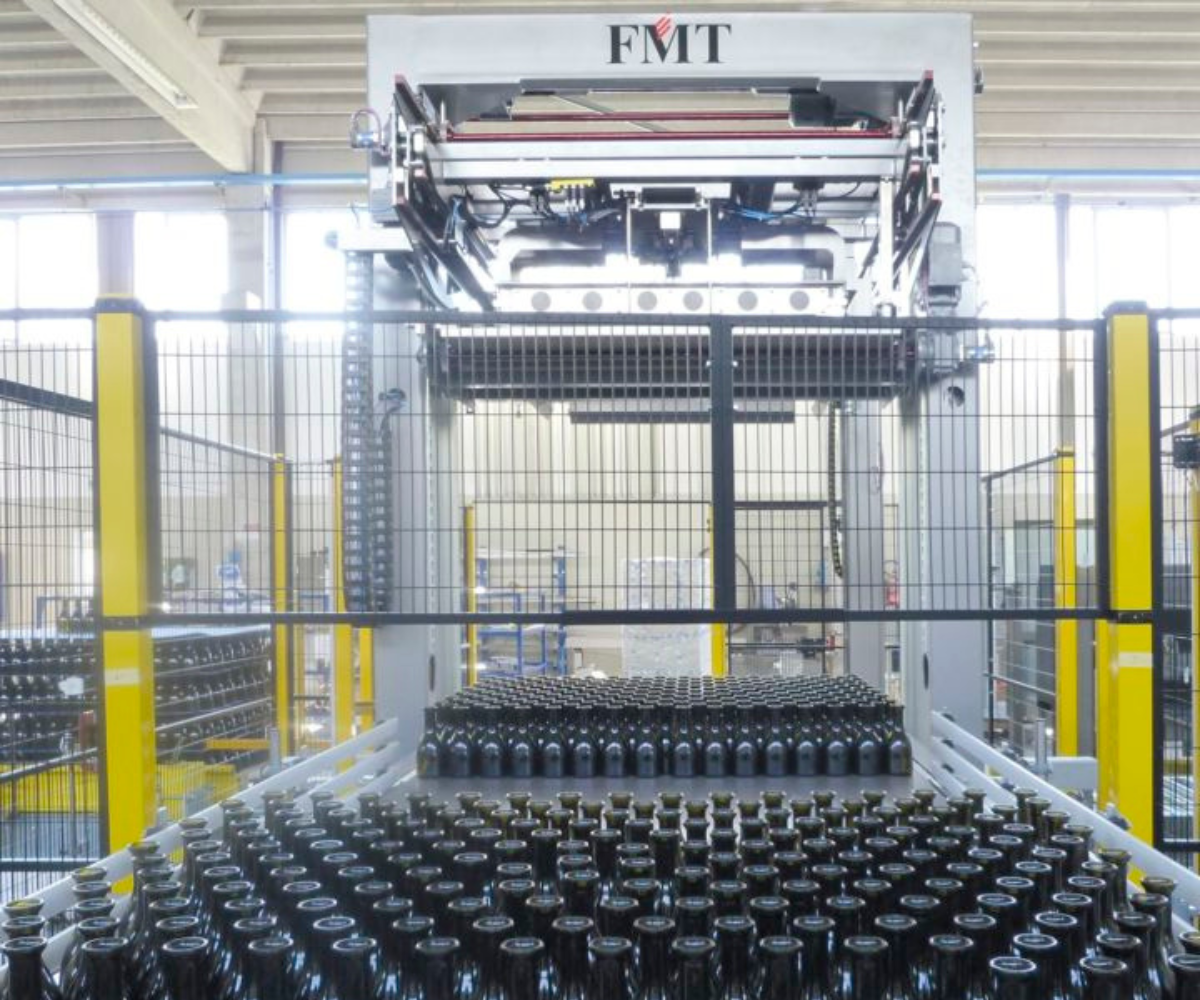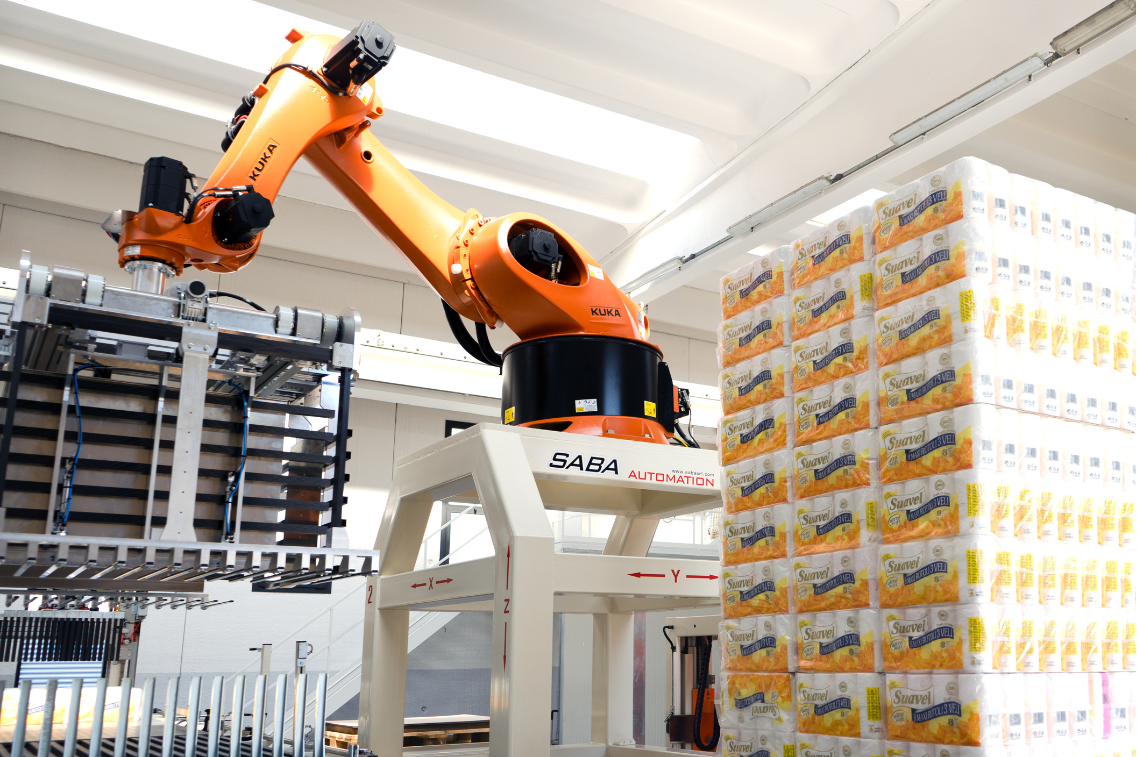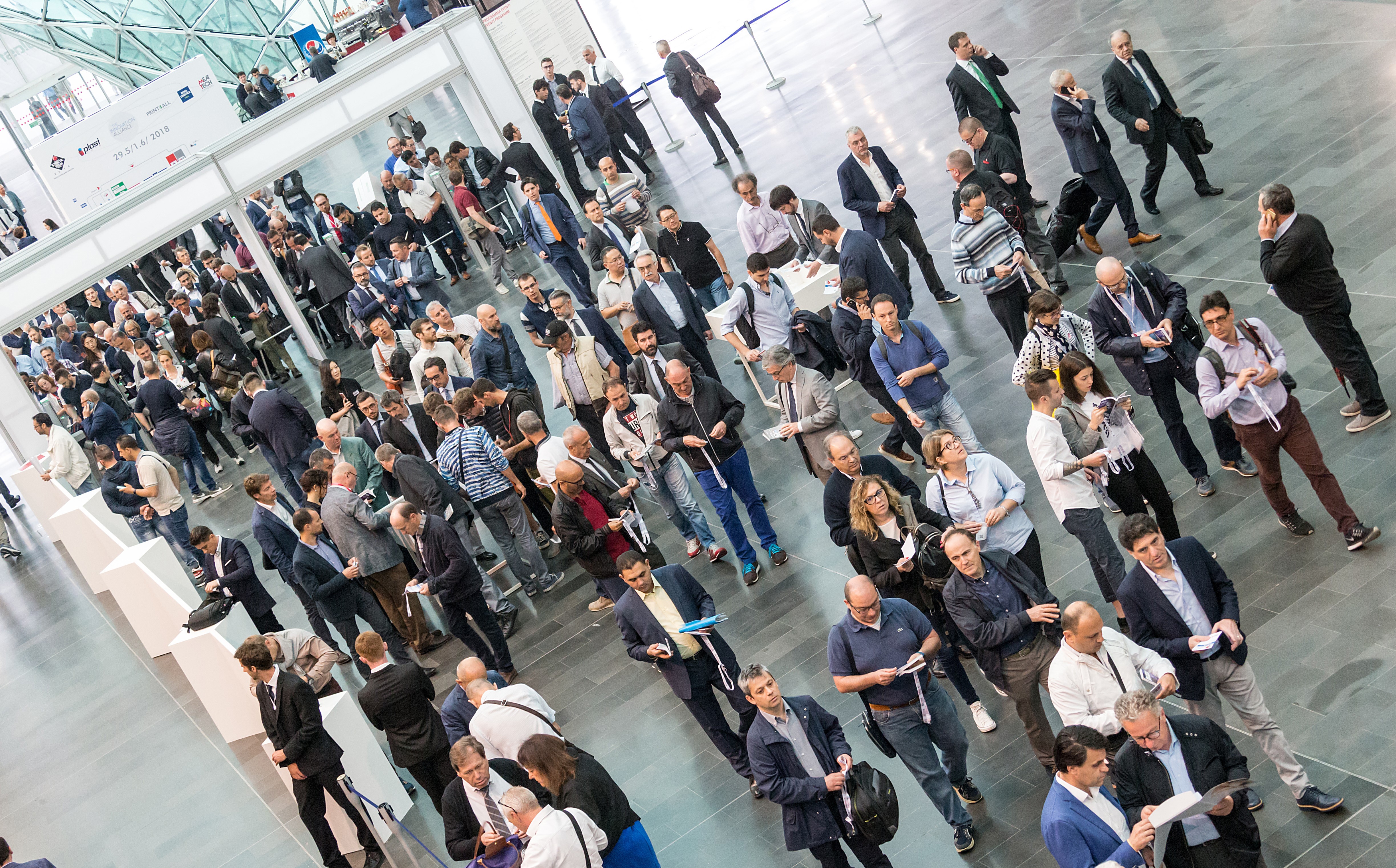A positive view of packaging

The mission of the Fondazione Carta Etica del Packaging (Ethical Packaging Charter Foundation) is to overcome the negative image of packaging in order to concentrate on how vital the packaging industry is.
The Fondazione Carta Etica del Packaging and the Istituto Italiano Imballaggio (Italian Packaging Institute) play a key role in industry dissemination efforts, with initiatives ranging from training to networking. These efforts also focus increasingly on the coming generations as one of the pillars of the market of the future, which will embrace all aspects of the concept of sustainability. We explored this topic in an interview with chair Alessandra Fazio, who began by explaining how the project for an “Ethical Packaging Charter” was born during the 2015 IPACK-IMA exhibition. The idea originated jointly from what was then Edizioni Dativo (now Kairos Media Group) and Politecnico di Milano (Polytechnic University of Milan).
“Now, looking ahead to the 2025 event, we still have to hone the details of the events, as we want them to be as significant as Ipack Ima is for us. Remember that this is one of the industry's most important trade fairs and we also have very strong ties with it because it is where we originated. I can confirm that networking is a central aspect of the event and we aim to make ourselves known to a growing number of industry members in various ways, including organising events to disseminate the Foundation's values and instil an ethical culture within the packaging supply chain; with networking activities targeting both industry experts and consumers, who are not yet entirely familiar with the role of packaging; and with ambassadors, chosen from companies that embrace the values of the Ethical Charter in their internal policies. In addition to these, other dissemination activities are envisaged, such as training and awareness raising for different groups, such as professionals, industry members, schools, and universities. When we started contacting businesses, we addressed allied companies first, i.e. those with a very strong technical background which is common to ours, like the Istituto Italiano Imballaggio. We reached out to this institute through Packaging Meeting, a subsidiary we work with for professional training activities.
However, we also have to examine the key role played by the end users that generate demand, so we said to ourselves: why don't we talk to the influencers of tomorrow, to the future generations that will be taking over the sustainable revolution that is already underway? And that is when "Packaging, an awesome adventure!" was born. We took the project, aimed at children in the 6-11 age group, to more than 200 primary schools, resulting in the involvement of approximately 23,000 pupils. The project also owes its success to the warm welcome received from schools across the nation. At the schools, we delivered a presentation exploring the world of packaging, to help the children understand just how useful it is. Starting from prehistory, we explained how the amphora was the first-ever form of packaging, looking at various examples of how it became indispensable to the development of culture and society. This link is vital in order to convey the fact that without packaging there can be no development. The project is structured over a series of multimedia-based lessons enhanced by the active engagement of our ambassadors in the areas where our companies operate. Involving around 20-25 companies, it uses a compelling narrative to stimulate children's imagination and encourage them to delve deeper into the importance of packaging in their own projects. A contest with a prize for the best project provides further motivation. The initiative has exceeded expectations, enabling us to promote the positive culture of packaging and the core values that, as a Foundation, we deem essential. We aim to extend this message to other age groups in the future. We will certainly consider bringing the project to Ipack Ima, perhaps with the winning children and teenagers, to create an opportunity to share and celebrate an experience in which packaging plays a key role.”
Designing, producing, and using packaging with awareness form the core values of the Ethical Charter and part of an increasingly shared vision, for which IPACK-IMA wishes to be the spokesperson. What tools do you think could lead to a more responsible, sustainable vision for packaging, which can be shared by both manufacturers and end users?
“For Fondazione Carta Etica del Packaging, key activities include raising awareness and promoting values and a positive culture based on ethics within the supply chain, focusing on both producers and consumers. In everyday life, I quite often notice that people I am speaking to have simply a negative view of packaging and tend to overlook its vital functions. We need to get a more positive conversation going, by explaining that a world without packaging is unimaginable, for various reasons, such as medicine and food safety, as well as for food distribution. Those who work in the supply chain are obviously well aware of these aspects, but the general public is often unaware of them. That is why we need to train our efforts on consumers, to help those negative connotations shift to positive. We can achieve this goal both by raising awareness of the values and functions of packaging and by moving the supply chain approach towards a more ethical direction. This should involve, I think, reducing over-packaging, finding more sustainable materials, and managing end-of-life activities more effectively.
The supply chain is working on these issues with particular attention to a broad concept of sustainability, which contemplates not only the environmental aspect but also the financial and social factors of sustainability. Sustainability has now become key to doing business but only if all three aspects are included in the processes. It would be unthinkable to focus solely on sustainable packaging through an environmental lens and ignore its financial - and therefore also social - impact on local communities in terms of employment and economic growth. So let's reduce waste, improve materials, lengthen shelf life and increase food safety, but let's not forget the supply chain at the base of this industry, which generates value, work, and wellbeing al the while focussing on green matters
The future of packaging, therefore, is sustainable in the fullest sense and is a global concept. While Europe is striving for environmental responsibility, so too must other countries, especially those with growing economic performances like those in the Far East. This is why promoting an ethical packaging culture will take time and constant work extending well beyond national borders, starting from the raw materials and continuing through to end of life. In my opinion, this process is already underway and there is global awareness of the issue, even though it has not yet been highlighted by active policies in the same way as in Europe. After all, if we have reached this level of responsibility it is because we started first, resulting in a lead over other continents, such as Asia.”
What initiatives are you focusing on to promote a positive packaging culture?
“In addition to our work in schools, which we have already covered, and with the professionals and experts in the supply chain, the other significant area is the academic world, where we have struck up partnerships with various universities. Initiatives in these realms, for example, include the two-year training course in packaging management set up with La Sapienza University, in Rome; the master's degree in Eco-Design at the Polytechnic of Turin; the course offered by Ca’ Foscari University of Venice on packaging regulation, which was established to train industry members on regulations such as the PPWR, and to which we have added content on ethics, since it has always been one of our core values. Our goal, therefore, is to disseminate the culture and prepare current and future professionals so that they can tackle the great changes that are required in Europe and worldwide.
Essentially, we are moving in three parallel streams: schools, universities, and the supply chain. Universities can contribute to our technical baggage by bringing the industry both trained workers and aware consumers. Let’s not forget that the Foundation arranges “Le Giornate della Fondazione”, which are open days focused on an intense wide-ranging dissemination of information, where we explore different issues each time. In March for example, the topic was artificial intelligence and digitalisation applied to the packaging supply chain. In short, we try to think out of the box but always with a view to imparting values and ideas that find application in everyday life, giving them substance through effective action.”
More accessible, safer, more informative: what are the packaging trends of the future?
“Packaging is increasingly becoming a tool for development and inclusion, a topic that is especially important to me. We have discussed accessibility, a concept that encompasses both tangible and intangible aspects, and an area where packaging offers numerous virtuous examples, some well-known and others less so. On a tangible level, accessibility is linked to sustainability because accessible packaging is a tool for inclusion and a driver of economy. It opens up markets that might otherwise exclude individuals with disabilities or those from more vulnerable social groups. For example, there are solutions for the visually impaired that help them understand what is inside the packaging. With smart packaging, meanwhile, consumers can access information and content relating to the product which increases its value. Take, for example, nutritional information that is hard to fit on labels, recipes, or other value-added services. Packaging in the future will increasingly embrace new technologies, artificial intelligence, digitalisation, bringing them to grassroot level and offering benefits for the industry, the supply chain, and end users.
Overall, it will also be more informative and educational. A functional tool that extends beyond its basic containment function to become a means of marketing the product and of providing information, as well as - today - a post-consumer object that can be repurposed and recycled, from a circular economy lens. The packaging is therefore a means of making products available in an accessible/inclusive way, informing users, and teaching them about conscious, sustainable consumption. This for me is the packaging of the future, which embraces all these solutions, to provide services with added value beyond its specific function.
The driving forces behind this revolution are digitalisation and - for end users specifically - smartphones. An essential device in our daily lives, they allow us to scan barcodes and QR codes, turning packaging into an advanced, multifunctional tool. It is therefore a market with ever-growing potential, especially as people are become increasingly adept with their phones. However, it is not yet fully mature, but tomorrow it will be. And tomorrow is drawing closer every day, as the solutions developed become more user-friendly, less complex, and increasingly accessible. "
.png)




